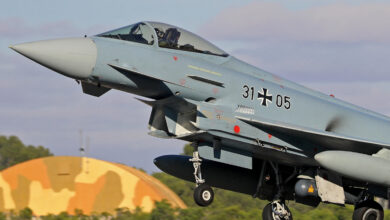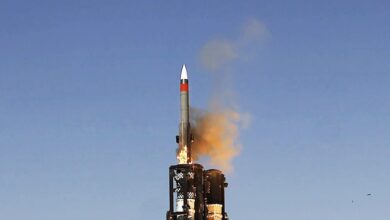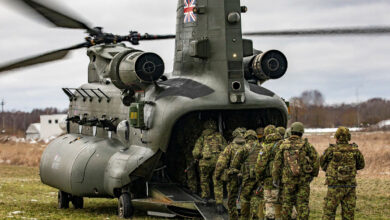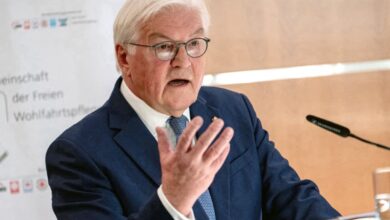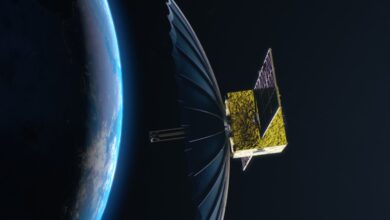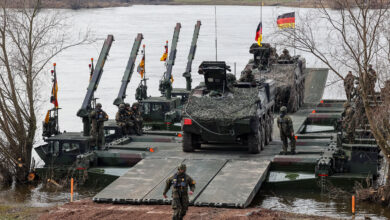EU Project Aims to Link Dozens of Land Combat Systems
The European Commission has launched a 49-million-euro ($53 million) project to enable the rapid operational coordination of European land combat systems.
The Land Tactical Collaborative Combat (LATACC) project will ensure the systems’ coordination while interfacing with domains such as air, space, and cyber, as well as civil systems such as 5G.
For Faster Battlefield Decision-Making
The program aims to accelerate allied decision-making and response to ensure battlefield superiority.
It will “improve armed forces’ collaborative capabilities from Brigade command post down to combat vehicles, dismounted soldier, and unmanned assets in high intensity conflicts,” Thales, which coordinates to project, explained.
“LATACC enhances legacy systems, develops new technologies and integrates them into a common European framework.”
Three-Year Project
Thales will coordinate the project with 34 private firms and research institutes from 13 European countries.
Some of the systems in development to be brought together include France’s Scorpion, Belgium’s CAMO, Germany’s DLBO, Spain’s BMS-ET, Italy’s FNEC, Sweden’s Ledningsstodsystem Mark, and Norway’s MIME.
The three-year project includes analyzing the “requirements of European users and conducting a series of studies to identify common operational scenarios,” according to Thales.

Trials to Confirm Tactical Battlefield Benefits
It also includes defining “interoperable open architectures that are compatible with current and future standards, and developing the key technological building bricks needed to produce advanced technology demonstrators.”
It will benefit from the partners’ expertise in cloud technologies, communications, sensors, complex systems integration, robotics, effectors, artificial intelligence, and system resilience in constrained environments.
Trials will be conducted under realistic operational conditions to confirm the project’s tactical benefits.
A possible second phase could develop additional functionalities and mature key capabilities developed in the first phase.




